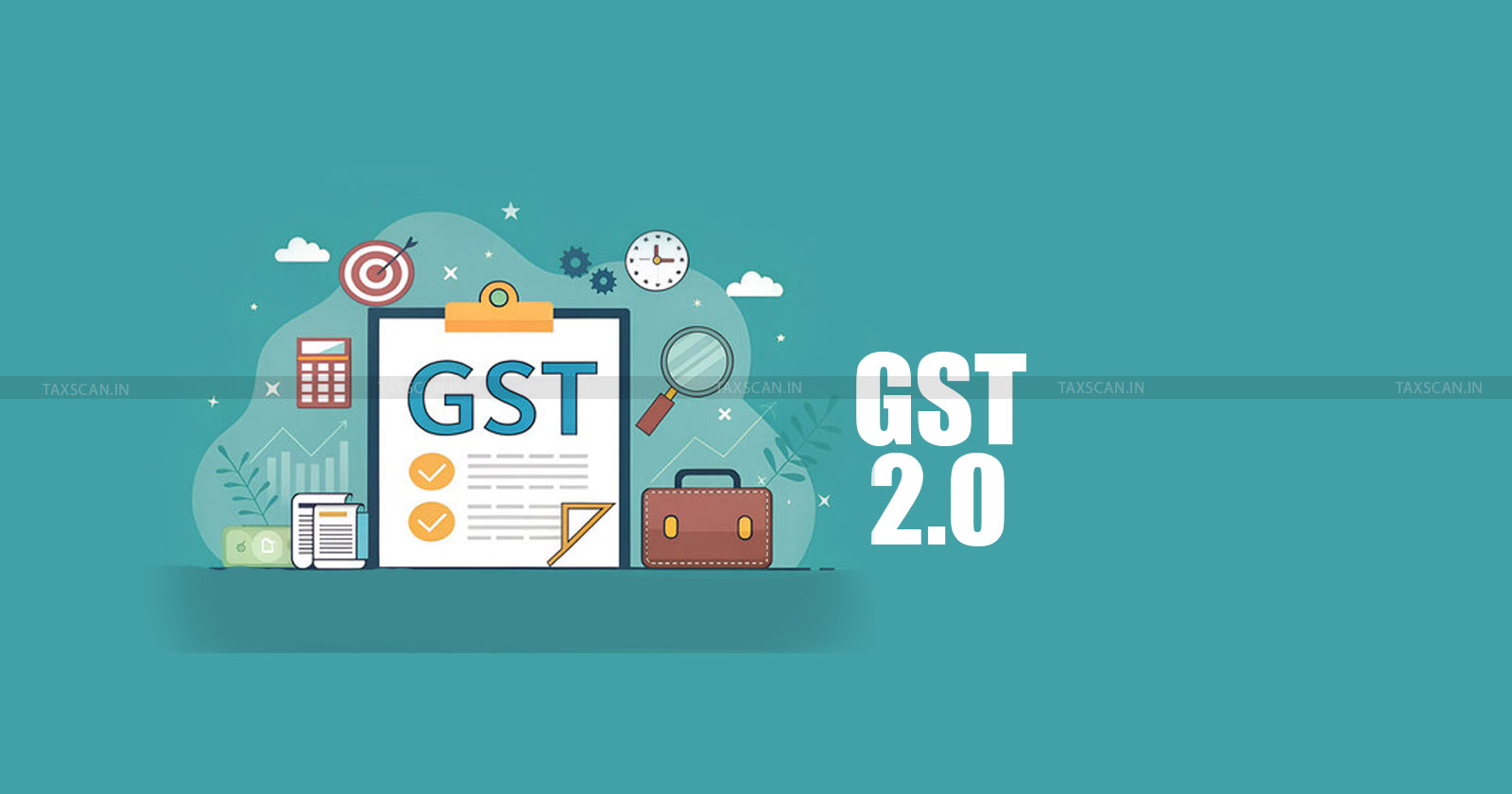GST 2.0: Here’s All we Know So Far
At the core of the exercise is an attempt to collapse the four-rate GST structure into three slabs

The Union government is accelerating plans to rewrite the Goods and Services Tax rulebook under a proposed “GST 2.0”, with Finance Minister Nirmala Sitharaman scheduled to meet India Inc in New Delhi on 27 May. The consultation, confirmed by two officials, will see leaders present a wish-list for the phase of the indirect-tax regime.
Top bureaucrats—including finance-ministry secretaries, Ministry of Corporate Affairs officials and Chief Economic Adviser V. Anantha Nageswaran—will flank the minister. “FM is meeting with India Inc. There will be presentations on GST 2.0,” one official told Moneycontrol.
Step by Step Handbook for Filing GST Appeals - CLICK HERE
At the core of the exercise is an attempt to collapse the four-rate GST structure into three slabs. Officials advocate scrapping the 12 percent band so only 5, 18 and 28 percent remain, contending that simplification would cut litigation, trim compliance costs and spur consumption.
Economists note that indirect levies influence retail prices faster than tweaks to income tax, making GST rationalisation a potent demand lever. Sectors from fast-moving consumer goods to durables could see an uptick if the median rate falls; the Centre believes better compliance and a wider base will offset any short-term revenue dip.
GST READY RECKONER: Complete Topic wise Circulars, Instructions & Guidelines Click here
Classification is another thorny topic. Ambiguous placement of goods—especially processed foods—across slabs has spawned legal rows and revenue leakage. Officials will seek industry input on standardising codes so similar products are not taxed differently across states.
Since its July 2017 launch GST has replaced a tangle of state and central duties, yet critics complain the regime still feels more labyrinthine than the promised “one nation, one tax”. A ministerial group set up last year only shuffled a few items between slabs, stopping short of structural surgery; the Centre now appears ready to wield the scalpel. The industry meeting will be followed by talks with state finance ministers ahead of the GST Council session in June.
GST Litigation Secrets – Winning Strategies from Real Cases! Click here
A breakthrough would hand Prime Minister Narendra Modi a marquee reform as he enters the penultimate year of this term. For companies, it could mean lower incidence and fewer headaches; for consumers, the pay-off depends on how much of any rate cut reaches shelves. Much will hinge on whether revenue-conscious states buy into the compact that emerges from Tuesday’s talks.
With compensation for pandemic-era revenue shortfalls expiring next year, states are under pressure to accept a simpler yet buoyant structure. How forcefully industry lobbies push for deep cuts, and how deftly the Centre balances those asks against state anxieties, will determine whether GST 2.0 becomes transformative policy or just another incremental tweak.
Complete Referencer of GSTR-1, GSTR-1A, GSTR-3B, GSTR-9 & GSTR-9C - Click Here
If consensus is forged, officials hope to place a draft blueprint before the GST Council by August and shepherd enabling legislation through Parliament’s monsoon session, giving businesses six months to recalibrate pricing and IT systems ahead of a potential 1 April 2026 launch. The ministry is also examining whether the compensation cess that funds state guarantees can be folded into the highest slab to avoid a separate levy.
Support our journalism by subscribing to Taxscan premium. Follow us on Telegram for quick updates


